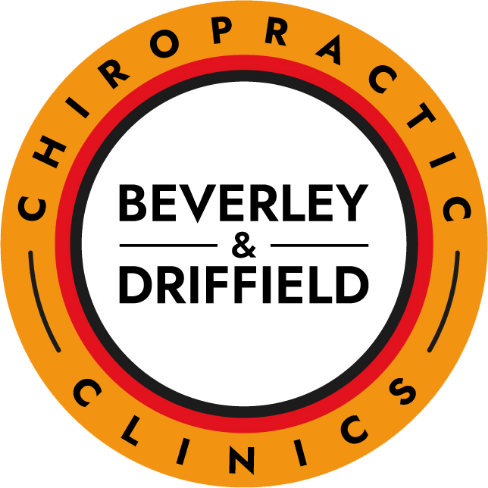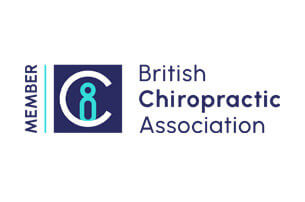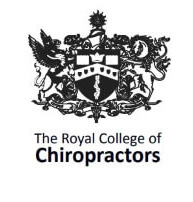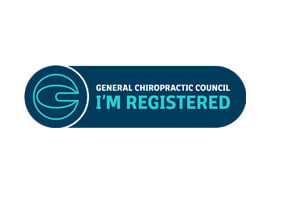
Positioning
Every time you get in your car, adjust the seat for YOU. Many families will share a car. You need to make sure it ́s adjusted for your individual driving position.
- Adjust the height of your seat so that your hips are at least as high as your knees
- You should be able to rest slightly back in your seat while still reaching the wheel comfortable. If you are leaning forward, this may put pressure on your back neck and, or shoulders.
- Some cars have adjustable lumbar support, and this should be inflated until this part of the chair fills the lower arch of your back. The lowest edge of the support should be placed at your belt line or at the top of the pelvis.
Seat belts
When fastening your seat belt, try not to reach for it with the arm on the same side as the seat belt. This puts your arms and shoulders into a bad position. It is better to reach across with the opposite arm and turn/twist from your body, not your shoulder. The upper part of your seat belt should pass over your clavicle/collar bone.
Footwear
Drive in sensible shoes. If you are struggling because you’re restricted by footwear, this will cause you to drive awkwardly and possibly even unsafely. Awkward leg position may increase pressure in the lower back.
Take a break!
Take regular breaks! We regularly hear of families driving several hours without a stop. Your spine and body likes movement and will hate the position of driving over a long distance even with the above adjustments. Take a break every hour, even if you only get out of the car for a few minutes. Your body will thank you for the change in position.



